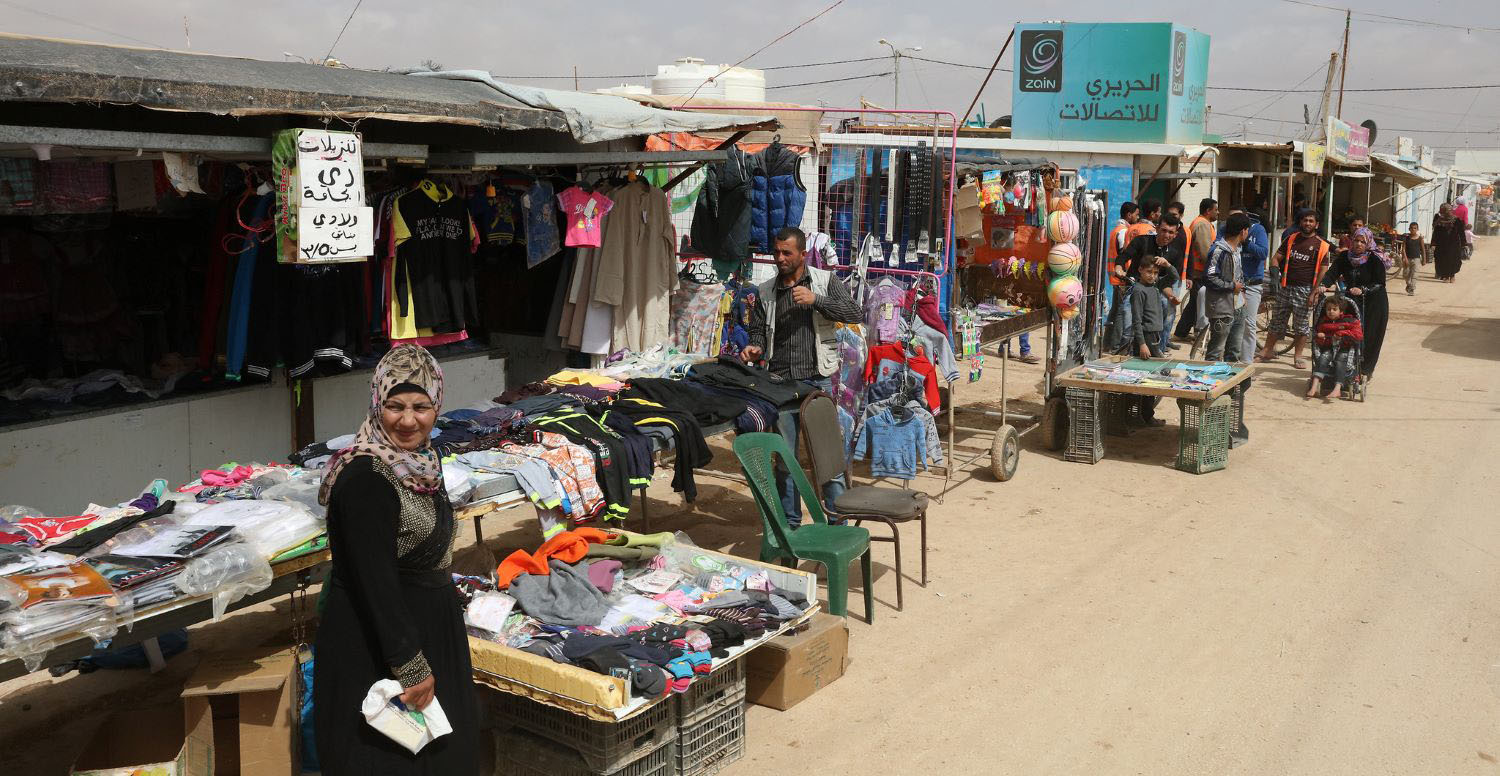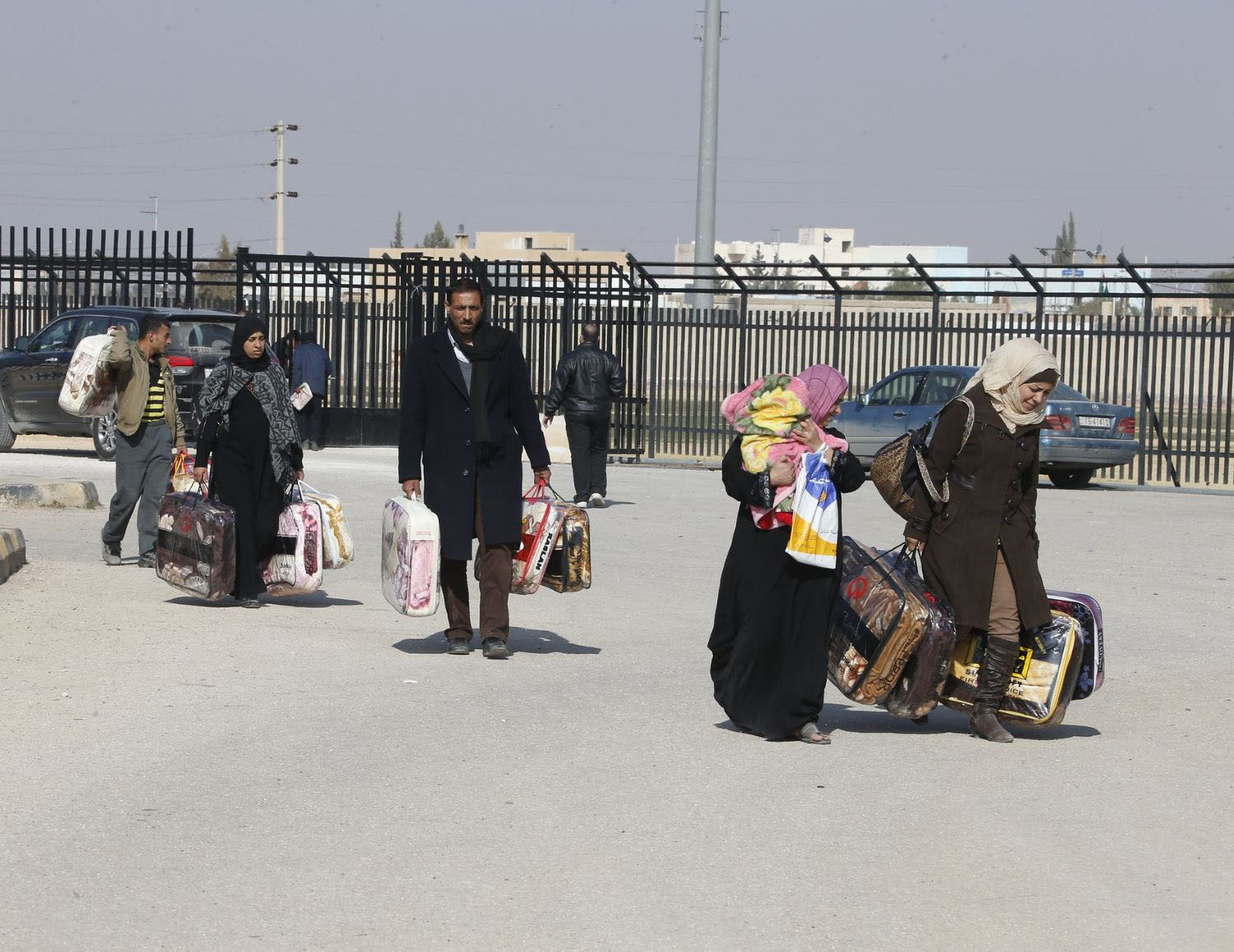In the ongoing debate about immigration reform, pundits and politicians alike have spent both broadcast minutes and column inches waxing poetic about protecting American jobs.
It’s clear protecting American jobs was at top of mind when the Gang of Eight crafted the W visa, a provision of the Senate-passed immigration reform legislation. The proposed “W” visa program would expand opportunities for US firms to hire low-skill foreigners on temporary visas – an economically practical proposal considering how the American economy will need far more low-skill workers in the next several years than there will be American workers to fill those jobs. Filling these jobs is critical. Analysis of Georgia’s economy by the Essential Economy Council shows that every sector of state’s economy relies on goods and services provided by low skill workers in agriculture, facilities services, personal care, and other essential sectors.
But the W visa program is far from perfect: the Senate legislation caps the number of visas available (to 200,000 per year, maximum) without considering growing need for low-skill workers in the US economy. As it stands, US employers demand the labor of about 8 million more people than current law allows them to hire—nearly all in the same kinds of low-skill jobs. There are already about 115,000 workers legally in the US each year with temporary employment visas, and that number would count against the 200,000 per year maximum. And given the political tension of immigration and the complexity of the legislation, it’s likely that the yearly quota for W visas will be far below the 200,000 maximum.
This visa limit is meant to “protect” US workers – as are all the other provisions in the W visa program. In order to hire a W visa workers, US employers will need to apply to become a registered employer, file a petition with the Department of Labor, demonstrate that they made an effort to recruit Americans, and certify that no Americans are available to do the job. Businesses in areas with more than 8.5% unemployment will be denied access to W visa workers—unless they demonstrate that they made additional effort to recruit Americans, pay significantly higher wages, or are hiring for a government-certified ‘shortage’ occupation.
But no one knows if these regulations do protect US workers. Similar regulations exist around the world, in Canada, the UK, France, and Australia, and it’s unclear whether these “citizens first” hiring requirements have any effect on citizen employment. What is clear is that laws like shape the size and composition of the labor force. They are important economic policy, but they are set by a process where talking points take precedence over economic evidence.
The kind of “citizens first” legislation that results actually ends up hurting the economy. The limitations on the W visa, for example, will mean that there are not enough W visas to meet American employer’s demand for low-skilled labor in the years to come. With insufficient legal channels, US businesses will have no choice but to continue to hire unauthorized workers. That sets the stage for another unauthorized immigration crisis a few years from now.
Why don’t all of these regulations, recruitment requirements, and wage floors “protect” American jobs? Perhaps it’s because American jobs don’t need “protecting.” In a new report “Filling the Gap: Less Skilled Immigration in a Changing American Economy”, Madeline Zavodny of the American Enterprise Institute and Tamar Jacoby of Immigration Works USA show that less-skilled migrants don’t compete with less-skilled Americans for jobs because migrants and Americans don’t hold the same jobs - and as Americans’ educational attainment increases, they skill up into new jobs. Less-skilled migrants fill gaps in the US labor force, complementing American low-skilled and high-skilled workers, and, through their contributions, create more opportunities for all American workers.
Access to low skilled workers is critical to economic recovery in the short term and to stemming the flow of undocumented migration in the long term. But arbitrary caps and cumbersome regulations destroy value and starve US businesses of the low-skill labor they need. Of course, we need government regulation to prevent abuses and insure that everyone is playing by the rules, but let’s choose regulations that have been shown to ensure fair play while allowing businesses access to the labor they need.
The design of US economic policy as important as immigration reform should be based on evidence, not the lowest common political denominator.
Disclaimer
CGD blog posts reflect the views of the authors, drawing on prior research and experience in their areas of expertise. CGD is a nonpartisan, independent organization and does not take institutional positions.





